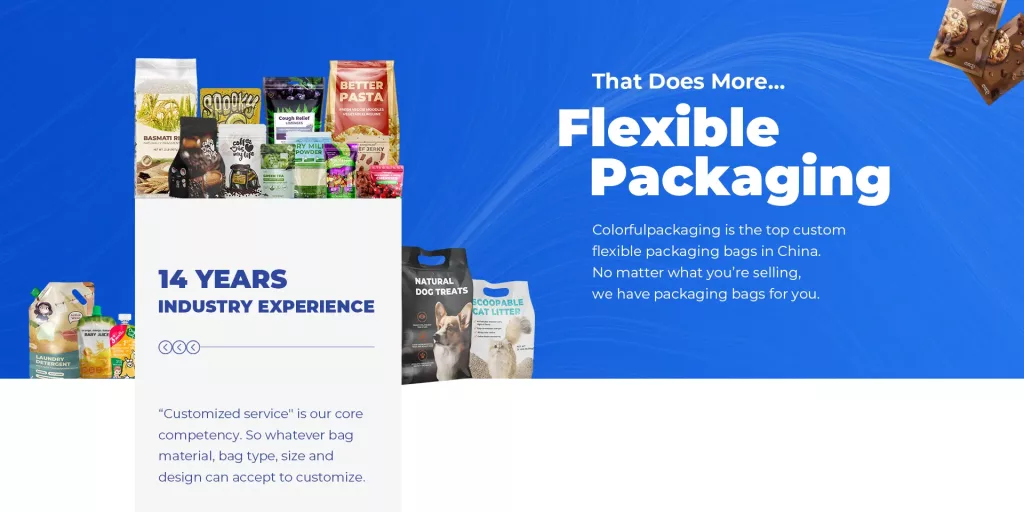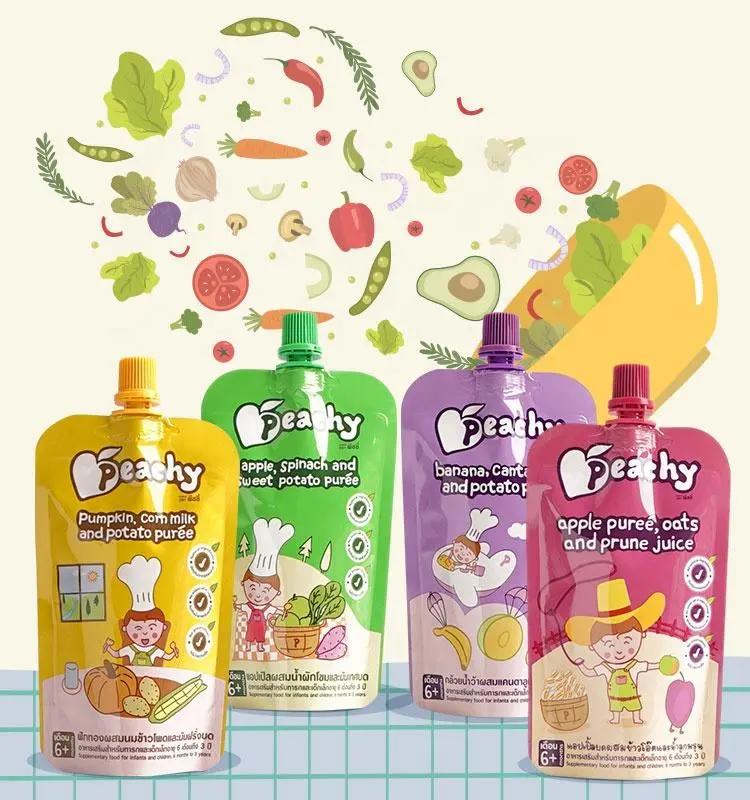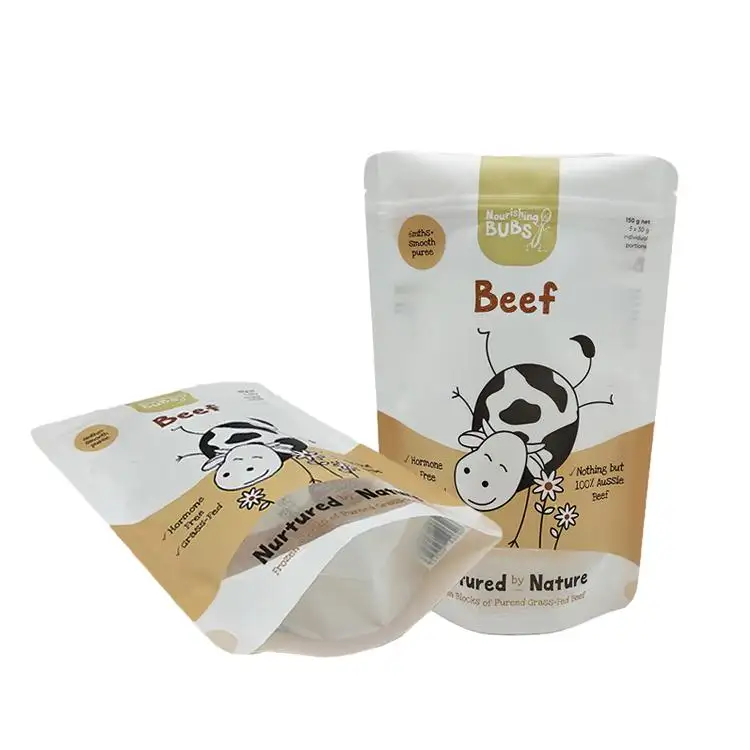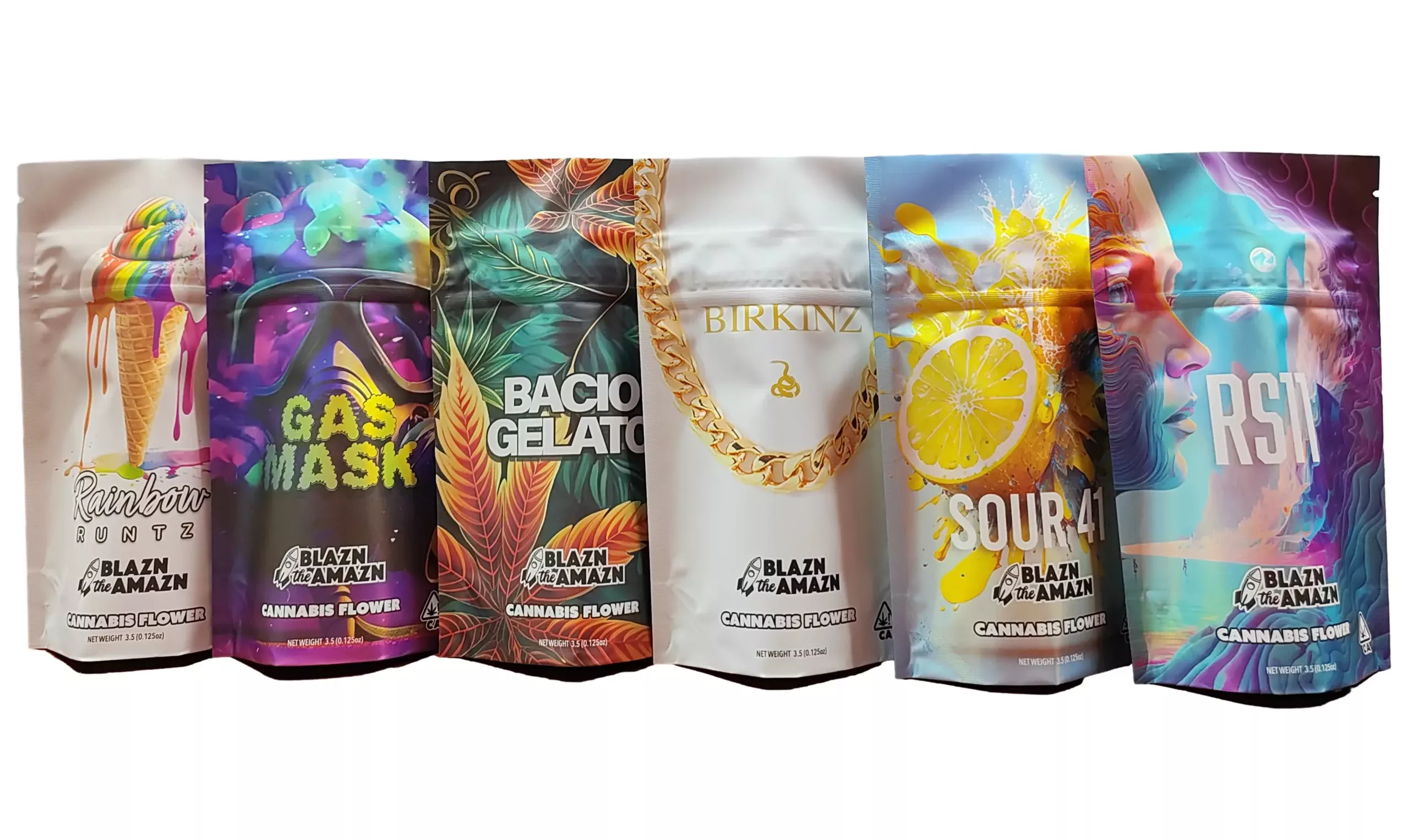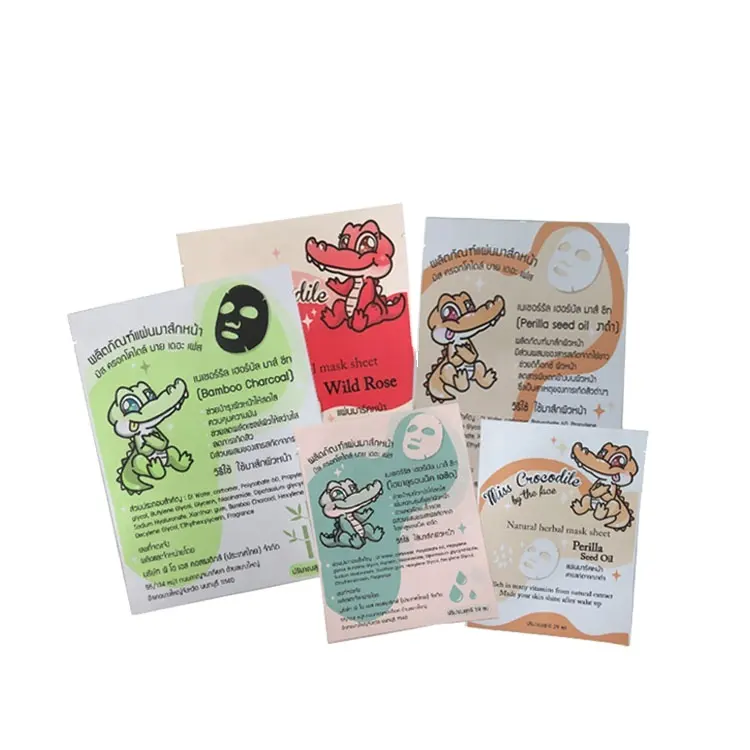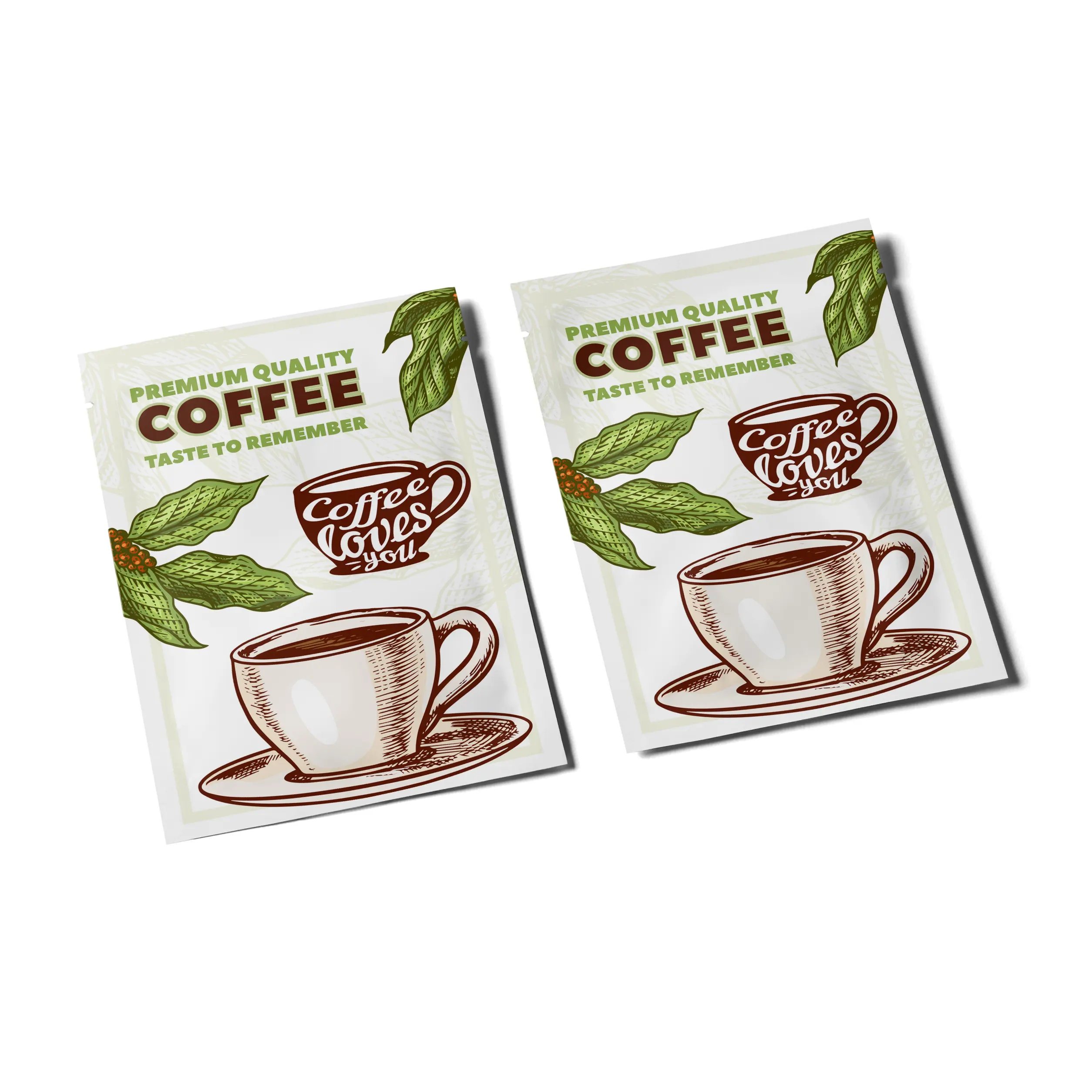n recent years, flexible packaging has gained significant popularity across various industries, from food and beverages to pharmaceuticals and personal care products. Brands are increasingly choosing flexible packaging over traditional packaging methods due to its versatility, cost-effectiveness, and sustainability benefits. This shift is driven by consumer demand for convenience, environmental consciousness, and innovative packaging solutions that enhance the overall product experience.
1. Versatility and Customization
One of the most significant advantages of flexible packaging is its versatility. It can be tailored to fit virtually any product shape or size, making it an ideal solution for a wide range of industries. Whether you’re packaging snacks, beverages, pharmaceuticals, or cosmetics, flexible materials can be easily molded to create unique designs that enhance both functionality and aesthetics.
Customizable flexible packaging also allows brands to experiment with different shapes, sizes, and materials. From stand-up pouches to resealable bags, brands can create packaging that meets the specific needs of their products while maintaining a strong visual identity. Custom printing options further enable companies to design eye-catching, branded packaging that grabs consumer attention on store shelves.
Key benefits:
- Accommodates various product sizes and shapes.
- Customizable for branding and marketing purposes.
- Options for innovative designs such as resealable, spout, or zipper closures.
2. Cost-Effectiveness
Another reason for the widespread adoption of flexible packaging is its cost-effectiveness. Flexible materials like plastic films, foil, and paper require fewer raw materials than traditional rigid packaging, resulting in lower production costs. Additionally, flexible packaging is lightweight, which reduces shipping expenses for manufacturers and distributors.
The compact nature of flexible packaging also means that more units can be stored or shipped in a smaller space, further optimizing logistics and reducing transportation costs. Brands can also benefit from cost savings related to storage, as flexible pouches and bags take up less room in warehouses compared to bulky rigid containers.
Key benefits:
- Reduced production costs due to fewer materials.
- Lower shipping and transportation expenses.
- Space-efficient storage and distribution.
3. Sustainability and Environmental Benefits
With increasing consumer awareness about environmental issues, brands are seeking more sustainable packaging solutions. Flexible packaging offers significant environmental benefits compared to traditional packaging. Its lightweight nature means fewer materials are required for production, and it generates less waste in the form of packaging materials. In addition, many flexible packaging options are now recyclable or compostable, reducing their environmental impact.
Brands committed to sustainability are also choosing flexible packaging to lower their carbon footprint. The energy required to produce and transport flexible materials is significantly lower than that for rigid packaging, making it a more eco-friendly option. By adopting sustainable packaging practices, brands can appeal to eco-conscious consumers who prioritize environmentally friendly products.
Key benefits:
- Reduced material waste and energy consumption.
- Options for recyclable and compostable materials.
- Aligns with consumers’ environmental values.
4. Extended Shelf Life and Product Protection
One of the primary functions of packaging is to protect the product inside, and flexible packaging excels in this area. It provides excellent barrier protection against external factors like moisture, oxygen, and light, all of which can degrade product quality. This is especially important for perishable goods, such as food and beverages, where maintaining freshness is critical.
Many flexible packaging materials, such as multi-layer films, are designed to preserve the product’s integrity for an extended period, ensuring longer shelf life. This not only reduces product waste but also enhances the customer experience by delivering fresh, high-quality products. In addition, flexible packaging is puncture-resistant and durable, providing superior protection during transportation and storage.
Key benefits:
- Excellent barrier properties for freshness and protection.
- Extended shelf life for perishable products.
- Durable and resistant to punctures and damage.
5. Convenience for Consumers
Consumers today value convenience in packaging, and flexible packaging meets this demand with features such as resealable zippers, spouts for easy pouring, and single-serve portions. These user-friendly features enhance the consumer experience by providing practical solutions for everyday use, whether it’s a resealable snack pouch or a spouted beverage container.
Moreover, flexible packaging is easy to carry and store, making it an attractive choice for consumers who want packaging that fits seamlessly into their busy lifestyles. Its lightweight design also makes it ideal for on-the-go products, such as energy bars or travel-size toiletries, which can be easily stored in a bag or pocket.
Key benefits:
- Resealable, spouted, and portion-controlled options for convenience.
- Lightweight and easy to carry.
- Enhances consumer experience and satisfaction.
6. Innovative Designs and Branding Opportunities
As consumer markets become more saturated, brands are looking for innovative ways to differentiate themselves. Flexible packaging offers endless design possibilities that allow brands to stand out on the shelf. The flexible materials can be printed with vibrant colors, intricate designs, and even transparent windows to showcase the product inside. This level of customization helps create a memorable packaging experience that resonates with consumers.
Innovative features like unique shapes, textures, and packaging functionalities also make flexible packaging more appealing to consumers. For example, a stand-up pouch with a resealable zipper not only looks sleek but also adds a practical element that enhances usability. These creative solutions provide a significant advantage for brands looking to create packaging that both attracts and retains customers.
Key benefits:
- Endless design possibilities for branding.
- Vibrant, eye-catching printing and finishes.
- Innovative shapes and functionalities for consumer appeal.
Conclusion
As brands continue to evolve in response to changing consumer preferences and market demands, flexible packaging is emerging as a go-to solution for companies seeking versatility, cost savings, sustainability, and enhanced consumer experiences. Its numerous benefits, from eco-friendliness to innovative design options, make it an attractive choice for businesses looking to differentiate themselves and meet the expectations of modern consumers.
If you’re considering a switch to flexible packaging for your business, Colorful Packaging offers a wide range of customizable solutions to fit your brand’s unique needs. Whether you’re looking for sustainable materials, innovative designs, or practical packaging features, we can help elevate your product and create packaging that stands out. Visit Colorful Packaging today to explore our flexible packaging options and discover how we can support your business’s packaging goals.
